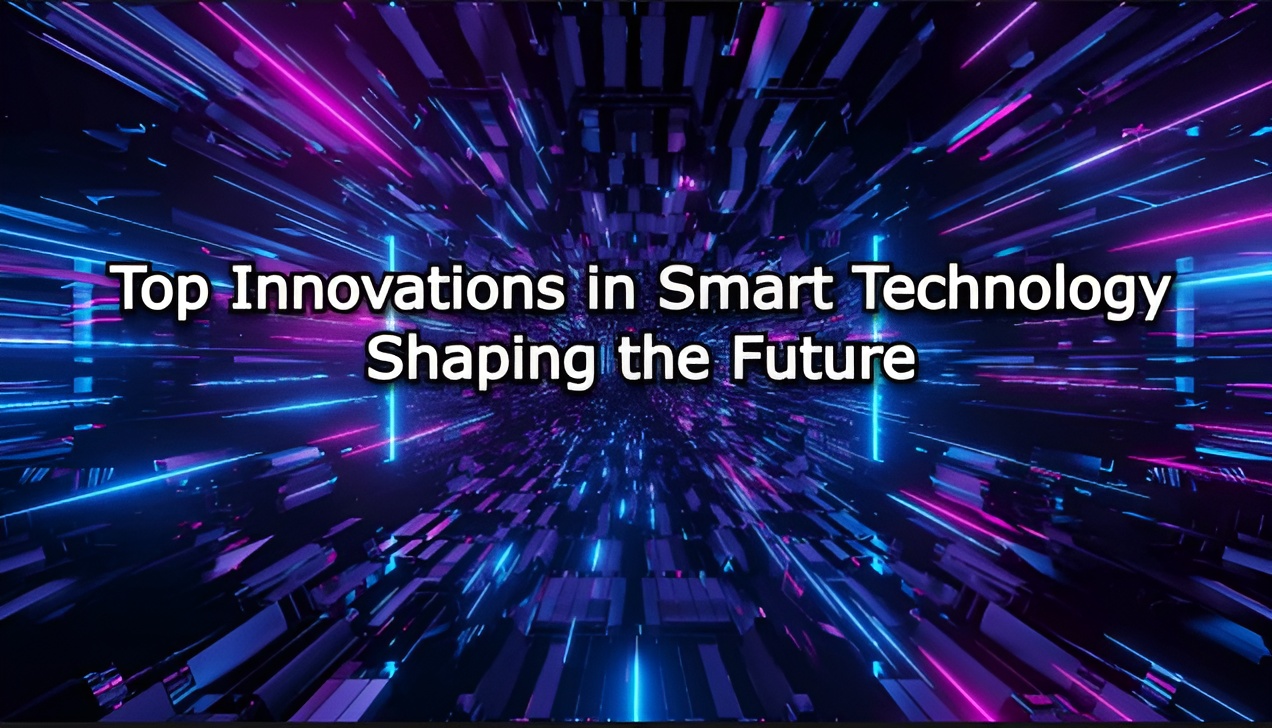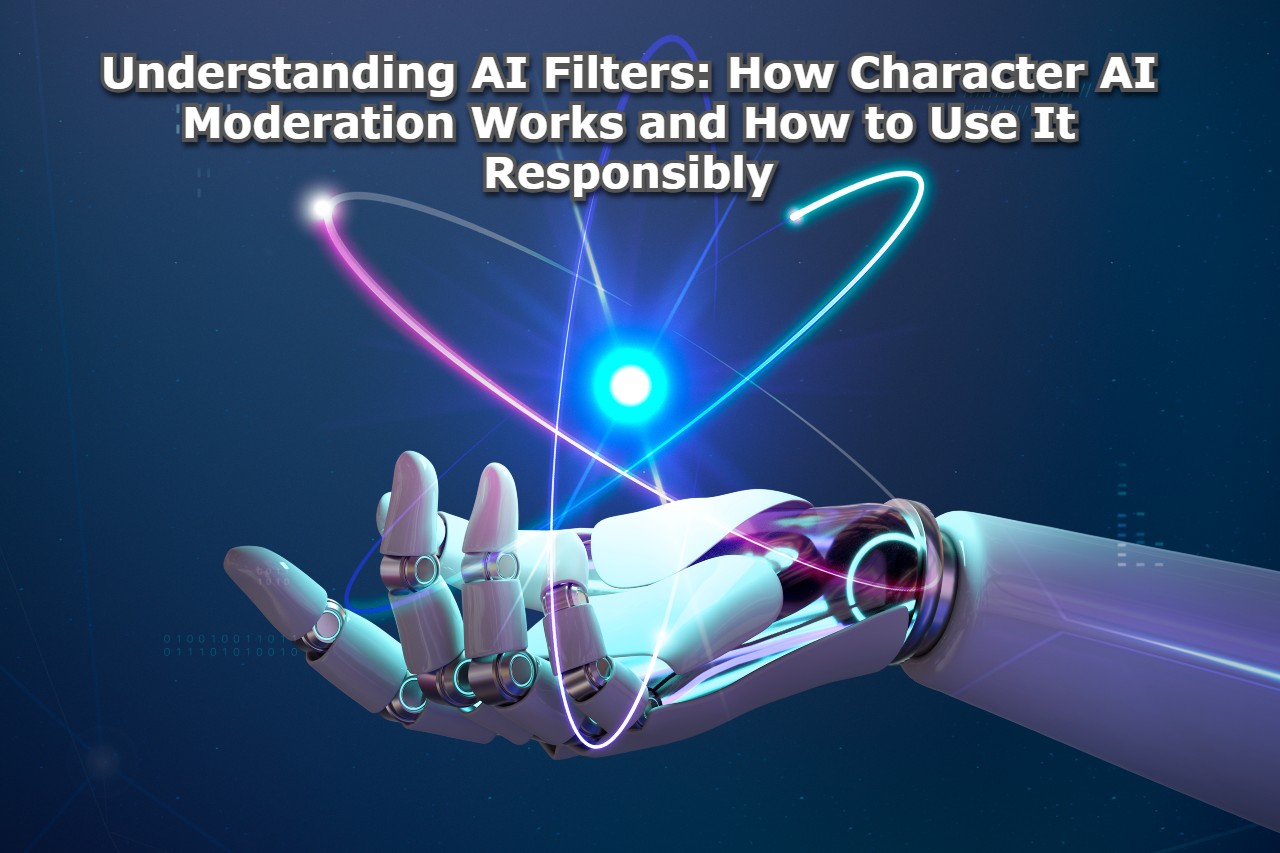Renewable energy has emerged as a crucial solution as the world struggles with climate change and the need for environmentally friendly energy sources. Renewable energy technologies are reshaping how we generate and use energy, including hydropower, geothermal power, solar power, and wind power. But how will renewable energy fare in the future? We’ll look at the most recent trends, cutting-edge technologies, and future obstacles in this article.
What is Renewable Energy?
The term “renewable energy” refers to energy that comes from natural sources and is replenished by humans on a regular basis. Renewable energy sources are long-lasting and friendly to the environment, in contrast to fossil fuels, which are limited and contribute to the production of greenhouse gases. The most widely used forms of renewable energy are:
- Solar Energy: Harnessing sunlight using photovoltaic (PV) panels or solar thermal systems.
- Wind Energy: Generating electricity using wind turbines.
- Hydropower: Producing energy from flowing or falling water.
- Geothermal Energy: Tapping into heat from the Earth’s interior.
- Biomass Energy: Converting organic materials into energy.
Renewable energy is not only essential for reducing carbon emissions but also for ensuring energy security and creating economic opportunities.
Trends Shaping the Future of Renewable Energy
Technological advancements, public awareness, and policy support are driving the rapid development of the renewable energy sector. The following are some of the major trends that will shape its future:
1. Rapid Growth in Solar and Wind Energy
Solar and wind energy are leading the charge in the renewable energy revolution. According to the International Energy Agency (IEA), solar power is set to become the largest source of electricity by 2035, while wind energy is expected to grow significantly, especially in offshore wind farms.
2. Energy Storage Solutions
One of the biggest challenges with renewable energy is its intermittent nature—solar panels don’t generate power at night, and wind turbines stop when the wind isn’t blowing. Energy storage systems, such as lithium-ion batteries and pumped hydro storage, are becoming increasingly important for storing excess energy and ensuring a stable supply.
3. Green Hydrogen
Green hydrogen, produced using renewable energy to split water into hydrogen and oxygen, is gaining traction as a clean fuel for industries and transportation. It has the potential to decarbonize sectors that are difficult to electrify, such as steel production and shipping.
4. Decentralized Energy Systems
The rise of distributed energy resources (DERs), such as rooftop solar panels and home batteries, is enabling consumers to generate and store their own energy. This trend is empowering individuals and communities to take control of their energy needs.
5. Policy and Investment Support
Governments worldwide are implementing policies and incentives to promote renewable energy adoption. For example, the European Green Deal and the U.S. Inflation Reduction Act are driving significant investments in clean energy technologies.
Groundbreaking Technologies in Renewable Energy
Innovation is at the heart of the renewable energy sector. Here are some of the most exciting technologies driving its growth:
1. Floating Solar Farms
Floating solar farms, or floatovoltaics, are solar panels installed on bodies of water. This technology not only saves land but also improves panel efficiency due to the cooling effect of water.
2. Offshore Wind Turbines
Offshore wind turbines are becoming larger and more efficient, with some reaching heights of over 260 meters and generating enough electricity to power thousands of homes. Floating wind turbines are also being developed for deeper waters.
3. Perovskite Solar Cells
Perovskite solar cells are a next-generation solar technology that promises higher efficiency and lower production costs compared to traditional silicon-based cells. Researchers are working to overcome challenges related to durability and scalability.
4. Advanced Bioenergy
Innovations in bioenergy include algae-based biofuels and waste-to-energy technologies. These solutions are turning organic waste into valuable energy sources while reducing landfill emissions.
5. Smart Grids
Smart grids use digital technology to optimize the generation, distribution, and consumption of electricity. They enable real-time monitoring and control, improving grid reliability and integrating renewable energy sources more effectively.
Challenges Facing Renewable Energy
Despite its many benefits, renewable energy faces several challenges that must be addressed to realize its full potential:
1. Intermittency and Reliability
The intermittent nature of solar and wind energy requires advanced storage solutions and grid management systems to ensure a stable energy supply.
2. High Initial Costs
While the cost of renewable energy technologies has decreased significantly, the initial investment required for installation and infrastructure can still be a barrier for some.
3. Land and Resource Use
Large-scale renewable energy projects like wind turbines and solar farms require a lot of land and resources, which can cause problems with farming and protecting wildlife.
4. Technological Limitations
Green hydrogen and perovskite solar cells, two examples of renewable energy technologies still in the early stages of development, face technical and financial obstacles.
5. Policy and Regulatory Barriers
In some areas, the use of renewable energy can be slowed down by inconsistent policies, a lack of incentives, and regulatory obstacles.
The Future of Renewable Energy: What’s Next?
The future of renewable energy is bright, with several exciting developments on the horizon:
1. Integration with AI and IoT
From predicting energy demand to managing smart grids, the Internet of Things (IoT) and artificial intelligence (AI) are being used to optimize renewable energy systems.
2. Expansion of Offshore Wind
Offshore wind energy is expected to grow significantly, with projects planned in regions like the North Sea, the U.S. East Coast, and East Asia.
3. Circular Economy Approaches
To reduce waste and impact on the environment, the renewable energy industry is implementing circular economy principles, such as recycling wind turbine blades and solar panels.
4. Global Collaboration
International cooperation, such as the Paris Agreement, is driving global efforts to transition to renewable energy and combat climate change.
5. Empowering Communities
By providing affordable access to clean energy, renewable energy is increasingly being used to empower communities, particularly those in rural and underserved areas.
FAQs About Renewable Energy
1. What are the benefits of renewable energy?
Greenhouse gas emissions are reduced, energy security is enhanced, and economic opportunities are created by renewable energy.
2. What is the most efficient renewable energy source?
Wind and solar power are two of the most widely used and efficient renewable energy sources.
3. How does energy storage work?
Batteries and other energy storage systems store excess energy produced by renewable sources so that it can be used when it is needed.
4. What are the challenges of renewable energy?
Intermittency, high initial costs, land use, and technological limitations are among the obstacles.
5. What is the future of renewable energy?
Technology advancements, increased adoption, and global efforts to combat climate change are all part of the renewable energy future.
Conclusion
The adoption of cutting-edge technologies, supportive policies, and growing public awareness of renewable energy is driving its future.
Renewable energy is a cornerstone of a sustainable future because of its benefits, including reduced emissions, energy security, and economic growth.
Renewable energy will become increasingly important to our world’s power supply as we continue to innovate and collaborate.



